Free Mahjong Games
Mahjong: A Timeless Game of Strategy and Skill
Mahjong (or Mahjongg) is a captivating game steeped in tradition and strategy, captivating players worldwide for centuries. Originating in China during the Qing dynasty, Mahjong has blossomed into a beloved hobby cherished by millions. Its enduring popularity stems from its unique blend of skill, strategy, and social interaction, making it a cherished pastime among friends and families.
At its core, Mahjong is a game of wit and calculation, where players aim to arrange tiles into specific combinations, employing tactics and foresight to outsmart their opponents. With its intricate rules and diverse variations, Mahjong offers endless possibilities for challenge and mastery.
Beyond its entertainment value, Mahjong has become a cultural touchstone, reflecting the rich heritage and customs of East Asia. Its symbolism is rooted in Chinese mythology and philosophy, imbuing each tile and gesture with depth and meaning, encouraging a deeper understanding of the game's significance.
This introduction delves into the history, rules, and nuances of Mahjong, exploring the timeless joy it brings to players around the globe. Whether you are a seasoned enthusiast or a curious newcomer, join us on a journey into the fascinating world of Mahjong.
The Rules of Mahjong: A Comprehensive Guide to Gameplay and Mechanics
Mahjong is a game of strategy, dexterity, and calculation that has delighted players for generations. While the rules may seem daunting at first, mastering the basics unlocks a world of entertainment and challenge. Let's delve into the intricacies of Mahjong, explaining the fundamental rules and gameplay mechanics step by step.
Game Setup:
1. Tiles: Standard Mahjong sets feature a variety of suits and honors, including Bamboo, Character, Circle, Wind, Dragon, and Flower.
2. Shuffling: Tiles are shuffled face down on the table and randomly arranged.
3. Wall Building: Tiles are turned face down, usually in two layers, forming a square wall 17 tiles long on each side, resulting in a total of 34 stacks.
4. Wall Breaking: A dice roll determines where the wall breaks. Starting from the dealer, count counterclockwise to create an opening called the "gate."
5. Tile Distribution: Each player receives 13 tiles, except the dealer, who gets 14. Players draw additional tiles to complete their hands.
Gameplay:
1. Turn: Play proceeds by drawing and discarding tiles in a clockwise direction.
2. Drawing Tiles: On your turn, draw a tile from the wall or take a tile discarded by the previous player.
3. Forming Melds: Create combinations of tiles called melds. These include pong (3 tiles of the same suit), kang (4 tiles of the same suit), and chow (3 consecutive tiles of the same suit).
4. Claiming Tiles: If the previous player discards a tile that completes a meld in your hand, you can claim that tile and declare the meld's name (e.g., "Pong," "Kang," "Chow," etc.).
5. Winning Hand: The goal of Mahjong is to form a specific combination of tiles to complete a winning hand. These combinations may vary depending on the regional variation being played.
6. Scoring: At the end of each round, players calculate their score based on the melds they have formed and any bonus points earned.
This overview provides a foundational understanding of Mahjong, but true mastery of the game requires practice and experience. Dive deeper into the world of Mahjong, and you will discover countless strategies, tactics, and variations that add depth and excitement to every game. So gather your tiles, hone your skills, and embark on an unforgettable journey into the timeless world of Mahjong.
New Mahjong Games
-
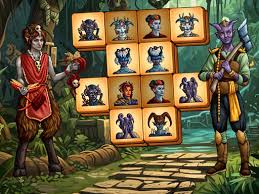 Demonic Mahjong
Demonic Mahjong
-
 Undead Mahjong
Undead Mahjong
-
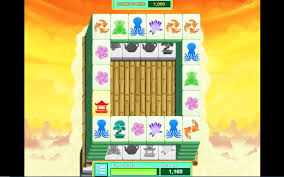 Power Mahjong: The Tower
Power Mahjong: The Tower
-
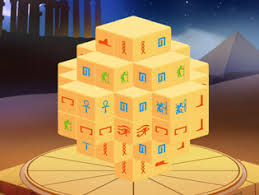 Egypt Mahjong – Triple Dimensions
Egypt Mahjong – Triple Dimensions
-
 Emoji Mahjong
Emoji Mahjong
-
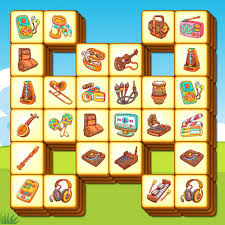 Musical Mahjong
Musical Mahjong
-
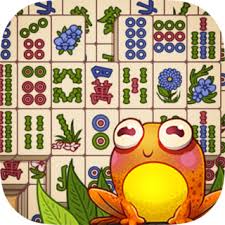 Forest Frog Mahjong
Forest Frog Mahjong
-
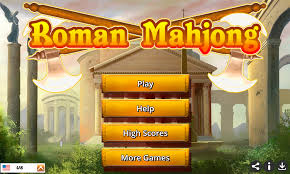 Roman Mahjong
Roman Mahjong
-
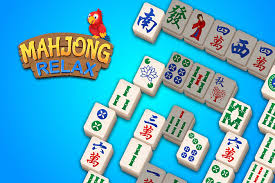 Mahjongg Relax Online
Mahjongg Relax Online
-
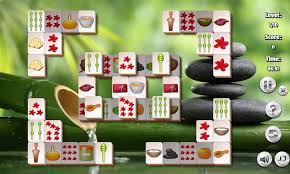 Mahjongg Relax
Mahjongg Relax
-
 Mahjong Big
Mahjong Big
-
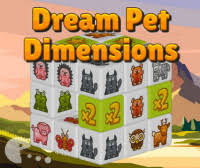 Dream Pet Dimensions
Dream Pet Dimensions
-
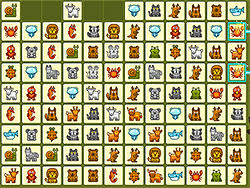 Dream Pet Connect
Dream Pet Connect
-
 Wallpaper Connect Mahjong
Wallpaper Connect Mahjong
-
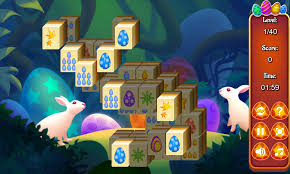 Easter Pile Mahjong
Easter Pile Mahjong
-
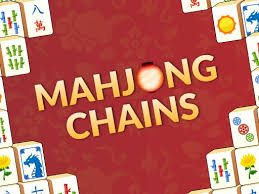 Mahjong Chains
Mahjong Chains
-
 Sports Mahjong
Sports Mahjong
-
 Famous Logo Mahjong
Famous Logo Mahjong
-
 Mahjong Everyday
Mahjong Everyday
-
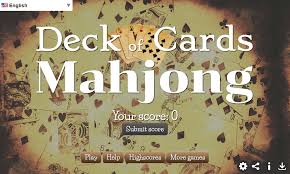 Deck of Cards Mahjong
Deck of Cards Mahjong
-
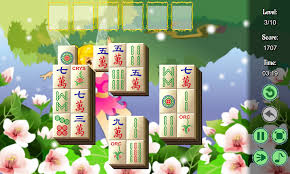 Fairy Triple Mahjong
Fairy Triple Mahjong
-
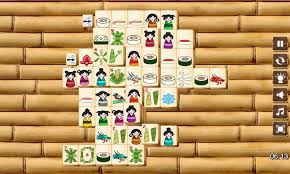 Tokio Mahjong
Tokio Mahjong
-
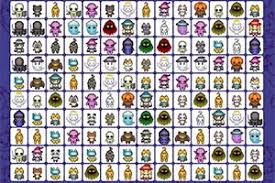 Pixel Cat Mahjong
Pixel Cat Mahjong
-
 Circus Mahjong
Circus Mahjong
-
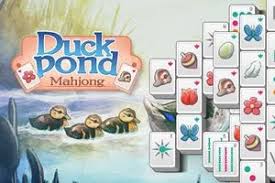 Duck Pond Mahjong
Duck Pond Mahjong
-
 Mahjong Quest Mania
Mahjong Quest Mania
-
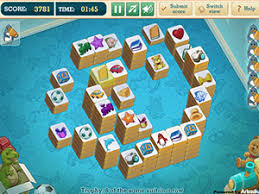 Mahjongg Toy Chest Modern
Mahjongg Toy Chest Modern
-
 International Women’s Day Mahjong
International Women’s Day Mahjong
-
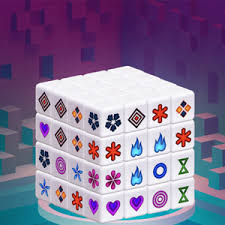 Mahjongg Dimensions New
Mahjongg Dimensions New
-
 Monster Mahjongg Dimensions
Monster Mahjongg Dimensions
